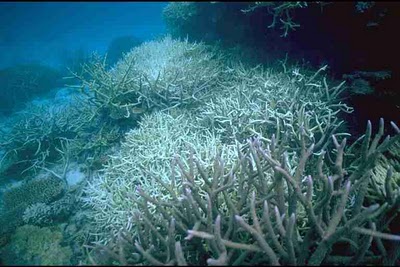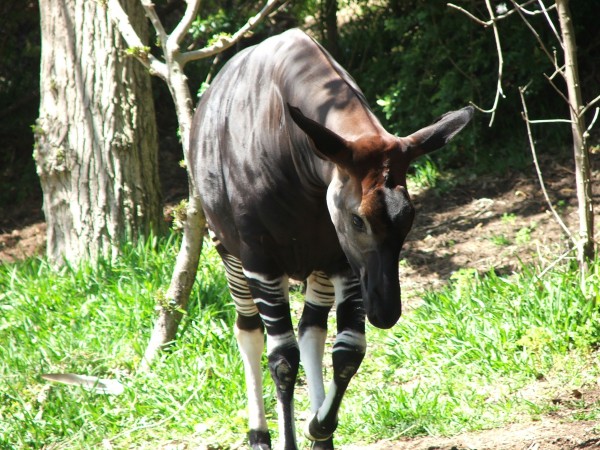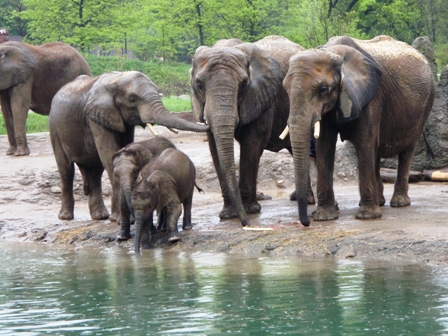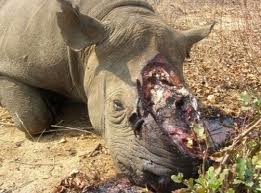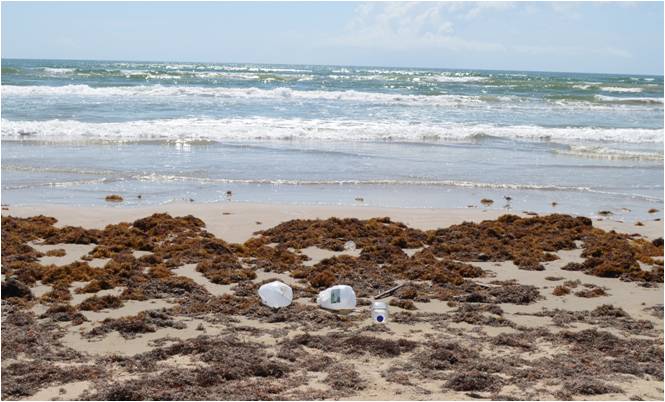In 1932, film director, W.S. Van Dyke, and crew descended upon the Silver River in Central Florida to film a Hollywood blockbuster. Tarzan the Ape Man would do just that, making more than $2.5 million worldwide. In comparison to today’s film industry, that would be a hit! Capitalizing on the film’s success, local tour boat operator, Colonel Tooey, devised a plan to purchase several exotic species including Rhesus macaques to keep near the banks of the river. He would offer a five-mile “Jungle Cruise” from the river’s mouth up to the headwaters of Silver Springs. His idea was to place …
Rhesus Macaques of Central Florida

